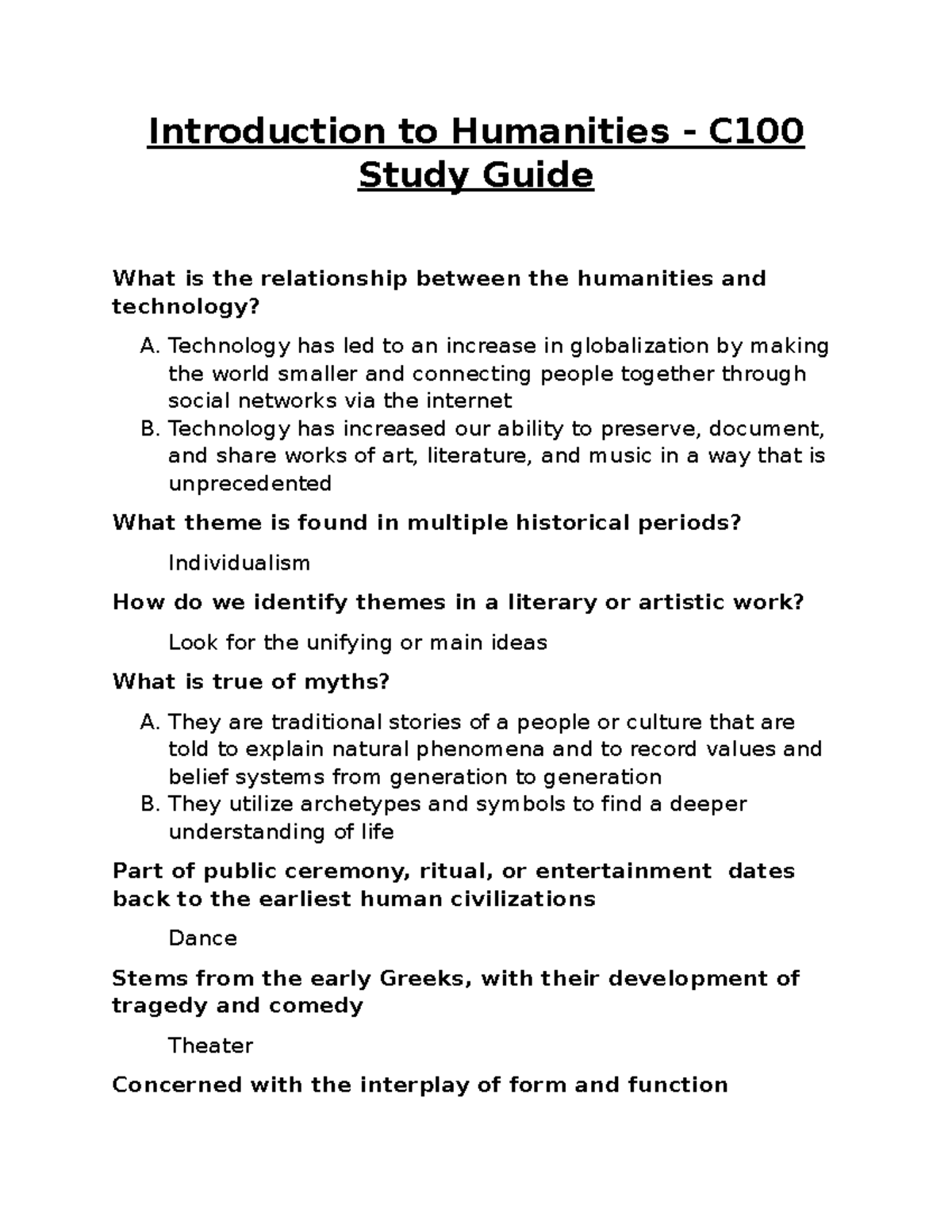AI in photography is revolutionizing the way we capture, preserve, and understand images, especially in the realm of photojournalism. As artificial intelligence technology continues to advance, its implications for image preservation and the creation of photographic archives become increasingly vital. With the ability to analyze and catalog vast quantities of visual data, AI offers unprecedented opportunities for visual storytelling, ensuring that significant moments are documented and accessible. However, the rise of AI also presents challenges, including concerns over copyright infringement and misinformation. Ultimately, embracing AI can enhance the photographic experience while safeguarding the integrity and emotional depth of visual narratives.
The intersection of artificial intelligence and photography represents a transformative shift in how we document and interpret visual culture. This cutting-edge technology not only enriches image curation but also enhances storytelling through innovative methods of capturing and organizing visual data. In an era where historical photographs stand as crucial visual records, AI plays an essential role in maintaining the integrity of these archives, ensuring that the legacy of past events is preserved. As photographers and technologists collaborate, the potential for AI to contribute positively to the photographic process grows, allowing for a more profound engagement with visual narratives. This collaborative future invites a deeper exploration of visual history, fostering a refined understanding and appreciation of the past.
The Intersection of AI and Photography
In recent years, the integration of AI technology into photography has sparked significant discussions among professionals in the field. With tools capable of generating high-quality images and manipulating visuals, there is an ongoing debate about the implications for traditional photography and photojournalism. This evolution offers both challenges and opportunities; while AI can undermine trust in certain types of visual content, it also has the potential to enhance the way we create and interact with images. As the craft continues to evolve, it’s essential for photographers to adapt and incorporate these advancements thoughtfully.
Moreover, AI in photography may redefine how we approach visual storytelling. Instead of viewing AI merely as a competitor or threat, many are starting to see it as a valuable tool that can assist in organizing, cataloging, and preserving photographic archives. This reshaping invites a broader perspective on what it means to document our world creatively, ethically, and accurately. The role of AI could potentially enrich the narratives found within vast collections of historical images, emphasizing the importance of maintaining integrity, authorship, and truth in the photographic process.
Preserving Photographic Archives with AI
The challenge of preserving photographic archives has become increasingly pressing in light of advances in AI. As noted by visual storyteller Kira Pollack, the vast majority of images captured by photojournalists remain unseen, risking a loss of priceless visual history. AI technology emerges as a solution that could help mitigate this issue by supporting the organization and management of these extensive archives. By employing machine learning algorithms, photographers can effectively sort and index their images, making them far more accessible for future generations to explore and learn from.
Furthermore, these tools can contribute to a more engaged and dynamic interaction with archives, transforming how stories are told and understood. Through AI, the emotional context and narrative depth inherent in these photographs can be highlighted, providing viewers with a richer, more immersive experience. This effort not only preserves visual history but also helps maintain its significance in an era where misinformation can easily distort public perception.
As we harness the power of AI technology, there remains a critical emphasis on doing so ethically and responsibly. Proper frameworks must be established to safeguard the rights of photographers and the integrity of their work. This perspective aligns with the core values of photography, making it essential to weave ethical considerations into the technological advancements we embrace.
Navigating the Era of Digital Misinformation
The rapid rise of AI-generated imagery coincides with a troubling trend of misinformation and fake visuals permeating social media. In photojournalism, this creates a dual challenge: ensuring that authentic images retain their credibility while navigating the pitfalls of artificial content. As AI technology evolves, the risk that audiences will struggle to discern between real and fabricated visuals increases, making it vital for image creators to remain vigilant about the narratives they present.
To combat this issue, initiatives focusing on transparent practices in photography are needed. By emphasizing the importance of authorship and accurate representation in visual storytelling, photographers can contribute to rebuilding trust in their craft. Furthermore, leveraging AI for responsible curation and dissemination of we can help uphold the integrity of photojournalism, highlighting the stories behind authentic images while educating audiences about distinguishing between fact and fiction.
The Role of AI in Contemporary Photojournalism
AI is fundamentally altering the landscape of contemporary photojournalism, offering new tools and methods for journalists to enhance their storytelling capabilities. As the profession evolves, the potential for AI to assist reporters in analyzing and interpreting image data drastically increases. With AI’s ability to process complex narratives, it becomes more feasible for journalists to convey intricate stories to the public, enhancing the overall quality of reporting and visual documentation.
However, this integration of AI must be approached with caution. The ethical implications associated with AI in journalism include concerns over authorship, copyright, and the potential for AI to generate misleading information. Thus, it is imperative for professionals in the field to engage in ongoing dialogue about best practices in utilizing AI while maintaining the essence of journalistic integrity and truthfulness. By addressing these concerns, photojournalists can strategically adopt AI, establishing a balance between innovation and responsibility.
Ethical Considerations of AI in Visual Storytelling
The ethical considerations surrounding AI in visual storytelling cannot be overstated. With the potential to transform how images are produced and consumed, it is crucial to evaluate the implications for authorship, ownership, and the historical context of visual media. Many practitioners in photography are voicing concerns about AI’s ability to autonomously generate content that could mislead audiences, blurring the lines between authenticity and fabrication. As technology evolves, ensuring that ethical standards remain in place to uphold the foundational values of journalism becomes a priority.
Moreover, the concerns about image scraping and unauthorized use of photographers’ work in AI training highlight a need for transparent policies and regulations. Photojournalists are at risk of losing control over their visual narratives, which can diminish the collective journalistic legacy. By addressing these ethical inquiries head-on, the photography community can better assimilate AI tools into their workflow while safeguarding their rights and preserving the integrity and authenticity of their craft.
Innovative Approaches to AI in Image Preservation
Innovative approaches are emerging that leverage AI to tackle the demands of image preservation within photojournalism. By utilizing AI systems to archive, categorize, and preserve large volumes of photographs, visual storytellers can ensure that their work retains value and accessibility over time. These technological advancements allow for more efficient management of extensive archives, ensuring that significant historical moments are not lost amidst the vast sea of visual content.
As the photography profession grapples with evolving challenges posed by AI, innovative preservation practices highlight the intersection between tradition and technology. Methodologies focusing on AI-assisted tagging, contextualization, and dynamism in storytelling can amplify the voices of photojournalists by making their work more visible to the public. By embracing such innovations, the field can thrive even in a complex media environment, ensuring that visual history is thoughtfully curated and shared.
Future Directions for AI and Photojournalism
The future of AI in photojournalism is laden with potential yet fraught with ambiguity. As the industry continues to evolve, practitioners must actively engage with the transformative possibilities presented by AI while considering long-term impacts on their profession. Embracing collaboration with technologists, ethicists, and peers can help photojournalists navigate the uncertainties of AI-enhanced storytelling and visual documentation.
Additionally, there’s an opportunity for robust research and dialogue to shape industry standards that preserve the core values of journalism — truth, memory, and authorship. Building a framework for AI’s role within photographic practices ensures that future developments serve the collective interests of society, promoting ethical practices and enhancing the credibility of visual narratives. As we look forward, it’s important to remain adaptable, ensuring that photojournalism can thrive in an AI-driven landscape while prioritizing the integrity of the craft.
Building Trust in AI-driven Visual Media
As AI technology reshapes the visual media landscape, building trust among audiences becomes increasingly important. The propensity for misinformation can undermine public confidence in images, making it essential for photojournalists to communicate openly about how AI tools are utilized in their work. Transparency regarding the methods of image creation and the use of AI-generated content is vital in fostering a healthy relationship with audiences.
Moreover, educating viewers on the nature of AI in photography enhances their understanding of visual content and nurtures media literacy. By actively involving audiences in conversations about the ethical implications of AI, photojournalists can contribute to a more informed public. Ultimately, establishing trust in AI-driven visual media requires an ongoing commitment to integrity, honesty, and the preservation of authentic visual storytelling.
Engaging Dialogues on AI and Visual Culture
Engaging dialogues around AI and visual culture are paramount as we navigate the complexities introduced by technology in photography. Conferences, workshops, and forums bring together photographers, technologists, and theorists to discuss the implications of AI, addressing concerns about authenticity, ethics, and the role of AI in the future of image-making. These shared spaces foster critical discussions that explore the intersection of creativity, technology, and cultural narratives, promoting a deeper understanding of how AI influences visual storytelling.
Such engagements not only amplify diverse perspectives but also pave the way for collaborative strategies that uphold the integrity of visual culture. By participating in these conversations, professionals in photography can advocate for best practices and ethical considerations that underlie the implementation of AI technologies. Together, the community can cultivate an informed dialogue that will empower the photography industry to embrace innovations without relinquishing its commitment to truth and authenticity.
Frequently Asked Questions
How is AI in photography transforming photojournalism today?
AI in photography is transforming photojournalism by providing powerful tools to analyze and preserve photographic archives. It enables photojournalists to catalog vast collections of images, making them discoverable and contextually relevant. This integrity assures that the narrative and visual storytelling are prioritized, helping to maintain a trusted record of significant events.
What role does AI technology play in the preservation of photographic archives?
AI technology plays a crucial role in the preservation of photographic archives by organizing, cataloging, and contextualizing images. By using AI to evaluate complex layers of photography—especially in historical contexts—it ensures that the stories behind the images are not lost, safeguarding visual history for future generations.
Can AI help enhance visual storytelling in photography?
Yes, AI can enhance visual storytelling by analyzing photographs for deeper narrative elements such as emotions and context. Through advanced assessment capabilities, AI can highlight subtle details in photographs that tell a more comprehensive story, reinforcing the essence of photojournalism.
What are the ethical concerns surrounding AI technology’s impact on photojournalism?
Ethical concerns surrounding AI technology in photojournalism include copyright issues, unauthorized use of images to train AI models, and the potential for misinformation. Balancing the integration of AI while ensuring photographers’ rights and the integrity of visual content is essential to maintaining public trust.
How can AI assist in the future of image preservation in photography?
AI can assist in the future of image preservation in photography by providing tools that evaluate and catalog images efficiently, ensuring they are organized and protected. This not only helps maintain the integrity of photographic works but also facilitates better access and engagement with historical visual content.
What challenges does AI in photography face when interpreting conflict images?
AI faces challenges in interpreting conflict images due to their complex emotional and contextual layers. While AI can identify basic elements in an image, understanding the implications and narratives behind these visuals necessitates a nuanced comprehension that AI technology is still developing.
How does AI relate to the concept of authorship in photojournalism?
AI intersects with authorship in photojournalism by raising questions about the attribution of creativity and ownership of images. As AI tools process and analyze photographs, it’s vital to maintain clarity around the photographer’s original intent and rights to ensure their legacy is preserved.
What potential does AI hold for the engagement of audiences with historical photo archives?
AI holds significant potential for engaging audiences with historical photo archives by making the images more interactive and accessible. Through intelligent categorization and contextualization, audiences can explore visual storytelling that connects them to significant historical events and narratives.
| Key Point | Details |
|---|---|
| AI’s Potential Impact on Photography | AI poses both threats and opportunities for photojournalism, transforming image-making and creative possibilities. |
| Concern for Archives | Photojournalists’ archives hold invaluable historical imagery; 95% of these images remain unpublished and at risk of being lost. |
| AI’s Role in Preservation | AI could help catalog and organize vast archives, ensuring that photojournalists’ work is preserved and accessible. |
| Risks of Trust and Copyright | Concerns of misinformation, copyright issues, and authorship challenges arise from AI-generated images. |
| Research and Collaboration | Engaging with experts across disciplines to explore the intersection of technology, ethics, and photojournalism. |
Summary
AI in photography presents a fascinating yet complex future for photojournalists. While it poses risks like copyright infringement and the spread of misinformation, it also offers innovative solutions for preserving and organizing photographic archives, which are crucial to documenting history. As professionals like Kira Pollack explore the potential of AI in maintaining the integrity of photojournalism, the focus remains on how to harness this technology ethically to support the core values of truth and authorship in visual storytelling.


